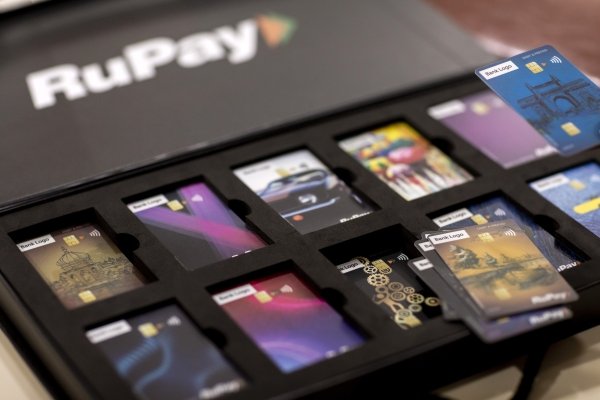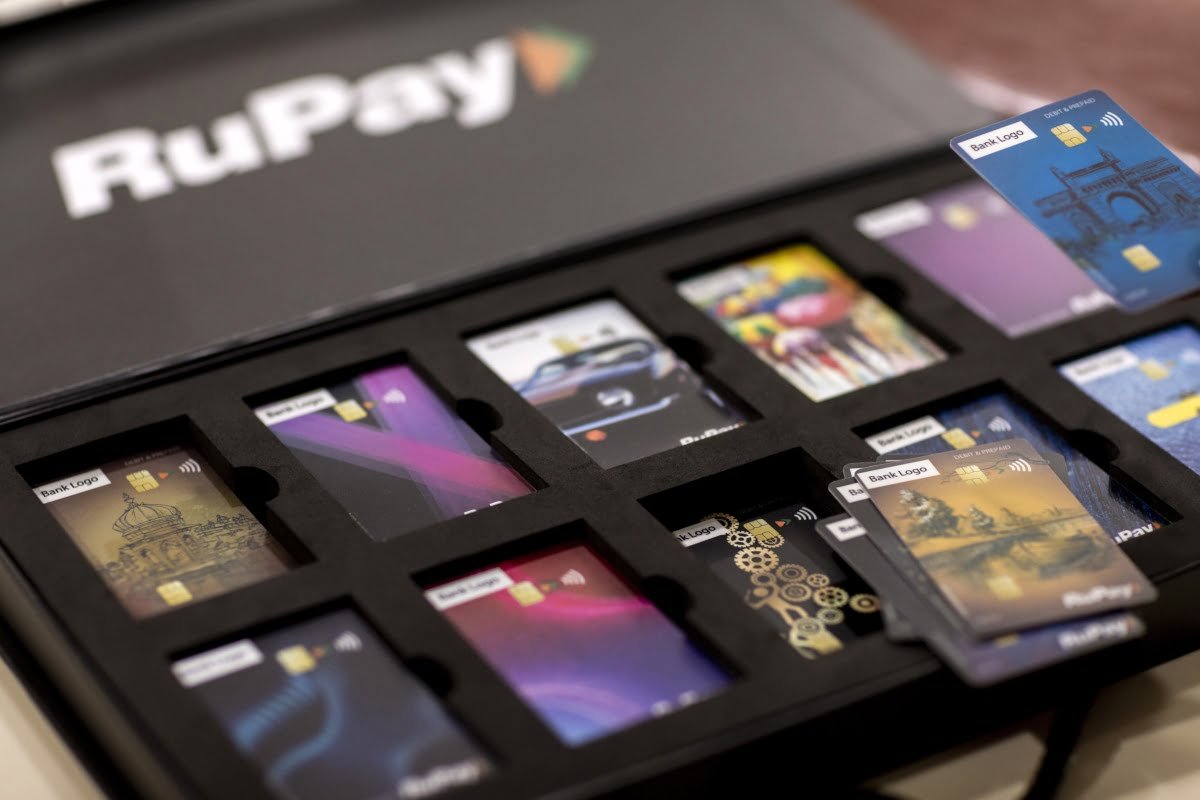
India will invest nearly $320 million to boost the use of RuPay cards and low-value UPI transactions, part of New Delhi’s efforts to foster growth of its homegrown payments network.
New Delhi authorized a $318.4 million budget for the 2022-23 fiscal year to promote RuPay debit cards and UPI-enabled low value person-to-merchant transactions.
“Banks will receive financial incentives for encouraging Point-of-Sale (PoS) and e-commerce transactions with RuPay Debit Cards, as well as low-value BHIM UPI payments (P2M), during the 2022–23 financial year,” the statement said.
The Modi government is striving to ease banks’ worries about the financial stability of UPI, a payments network created by a coalition of banks six years ago and now India’s most-used digital transaction system. By removing the need for an intermediary, UPI relies on zero merchant discount rates and low fees; two key sources of revenue for banks and card companies.
Various stakeholders in digital payments, the RBI and NPCI voiced worries about negative effects of zero MDR on growth of the ecosystem. They asked for incentives for BHIM-UPI and RuPay Debit Card transactions to make them cost-effective, expand merchant acceptance footprints, and speed up transition from cash to digital payments – New Delhi said.
India’s RuPay card network is promoted by the National Payments Corporation of India, a subsidiary of the Reserve Bank of India (RBI) responsible for UPI payments. To grow its presence in South Asia, RBI has urged global payment giants Visa, Mastercard and American Express to store Indian data within the country.
RuPay credit cards have struggled to gain traction, with banks like HDFC shying away due to profit-eroding implications. This is evident in the lack of UPI linking support for Tata Neu’s RuPay credit card, issued by HDFC. Despite this, RuPay has made substantial progress with debit cards and remains the only payments network that supports UPI linking for its credit cards.








